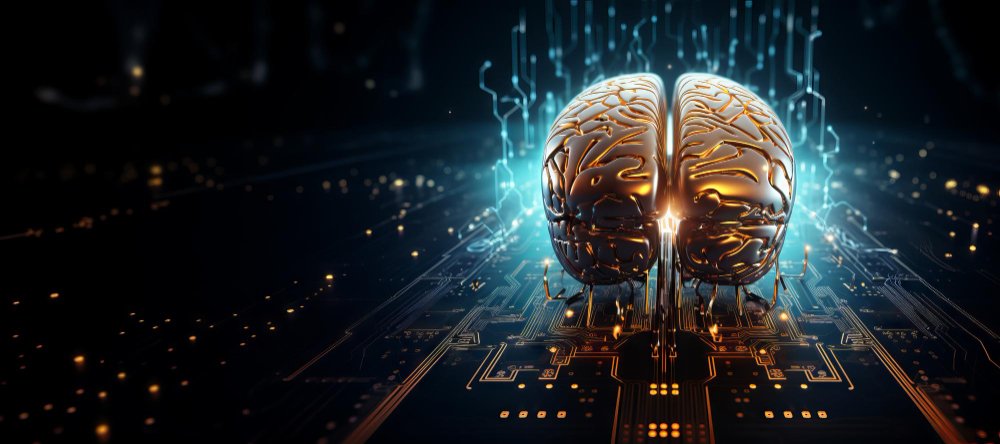Technoace Consultancy Service private limited, Jaipur Rajasthan, India - 302011
Deep Learning Frameworks: A Comprehensive Guide
None
2 Comments
322 view
In the rapidly evolving field of artificial intelligence (AI), deep learning has emerged as a powerful technique for processing and analyzing large volumes of data to extract meaningful insights. At the heart of deep learning are frameworks - software libraries that provide the necessary tools and algorithms to build, train, and deploy deep neural networks. In this comprehensive guide, we'll explore some of the most popular deep learning frameworks and their key features.
TensorFlow:

Developed by Google Brain, TensorFlow is one of the most widely used deep learning frameworks. It offers a flexible and scalable platform for building a wide range of machine learning models, from simple neural networks to complex deep learning architectures. TensorFlow's extensive ecosystem includes tools for data preprocessing, model visualization, and deployment, making it a popular choice among researchers and developers alike.
PyTorch:

PyTorch is another popular deep learning framework known for its simplicity and flexibility. Developed by Facebook's AI Research lab, PyTorch allows for dynamic computation graphs, making it easy to define and modify neural network architectures on-the-fly. With its intuitive interface and Pythonic syntax, PyTorch has gained popularity among researchers and practitioners for prototyping and experimentation.
Keras:

Keras is a high-level deep learning API built on top of TensorFlow, designed to simplify the process of building and training neural networks. With its user-friendly interface and modular design, Keras allows developers to quickly create and iterate on deep learning models without worrying about low-level implementation details. Keras's focus on ease of use and flexibility has made it a favorite among beginners and seasoned practitioners alike.
MXNet:

MXNet is an open-source deep learning framework developed by the Apache Software Foundation. Known for its scalability and efficiency, MXNet supports both imperative and symbolic programming paradigms, allowing for dynamic and static computation graphs. MXNet's support for distributed training and multi-GPU processing makes it well-suited for training large-scale deep learning models on cloud platforms.
Conclusion:
In the ever-evolving landscape of deep learning frameworks, staying updated with the latest developments and trends is essential for success. Whether you're a researcher exploring new algorithms or a developer building cutting-edge AI applications, choosing the right framework can significantly impact your project's outcomes.
At TechnoAce, we understand the importance of selecting the right tools and technologies for your deep learning projects. Our team of experienced AI engineers and data scientists specializes in leveraging state-of-the-art deep learning frameworks to develop innovative solutions for our clients. Whether you need assistance with model development, training, or deployment, TechnoAce has the expertise and resources to help you achieve your goals. Contact us today to learn more about how we can support your deep learning initiatives and drive meaningful business outcomes.
Latest Blog

Nov 05, 2024

Nov 05, 2024

Nov 05, 2024

Nov 05, 2024


Comments (03)
No Comments Yet